The struggle of growth.
Established as an association of leading emerging economies, BRICS is comprised of Brazil, Russia, India, China and South Africa. Aside from the Federal Republic of Russia, one would consider all these nations large fast growing economies. Their combined power could be seen as a big influence on regional and global affairs. The BRICS block represents about 3 billion people, with a combined GDP of $13.7 Trillion and an estimated $4 Trillion in combined foreign reserves.
Although their growth has been rapid over the past couple of decades, they face issues characteristic of countries in means of development. As a growing block of power they are escalating their production of CO2, expansion of diseases and bigger conglomeration of urban populations.
BRICS

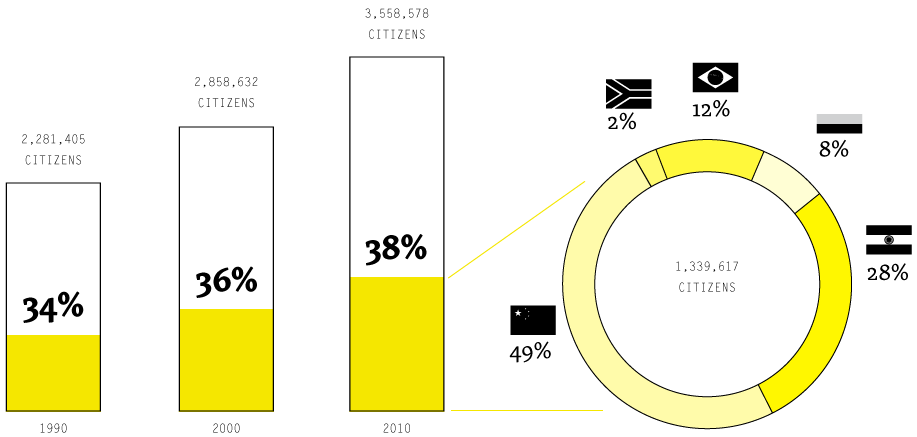
But growing isn't easy
Let's take a closer look

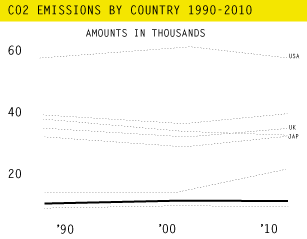
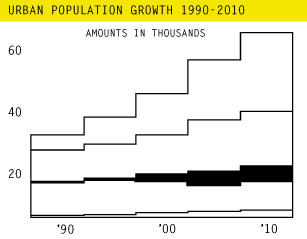
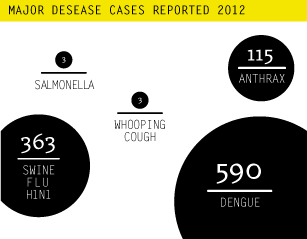


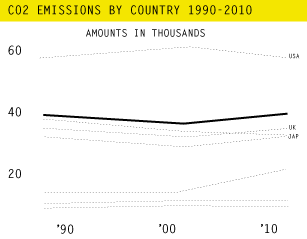
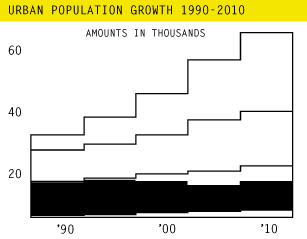
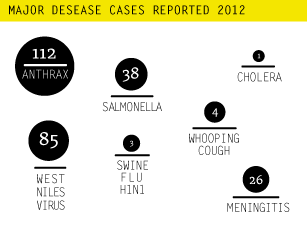



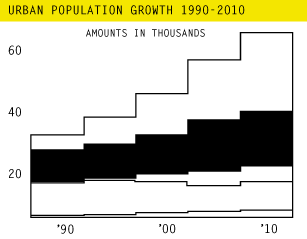
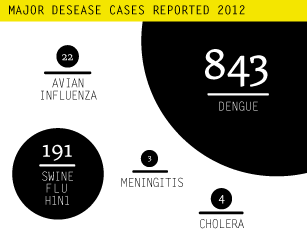



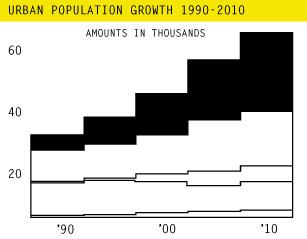



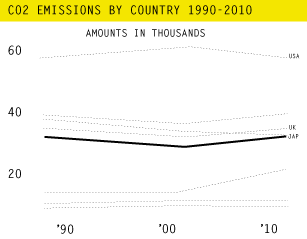
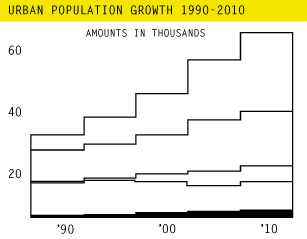
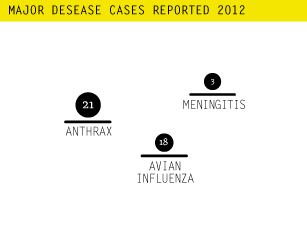

According to projections done by the United Nations in their World Urban Prospects, 2011 Revision, half of the population of Asia will live in urban areas 2020. Between 2011 and 2050 the world population is expected to increase by 2.3 Billion making the total population a striking 9.3 Billion. Urban population will be a growing phenomenon of the developing world. BRICS nations likewise will see a growth in their urban centers and as a result of their expanding economies will have the challenge and opportunity to cater for diverse array of people. As self proclaimed defenders and promoters of developing countries, these nations have a growing global responsibility.


.
Designed in 55 hours by Amy Lee, Hong, Javier and Luiz
for the 2012 Visualizing Global Marathon.